Abstract
This article has discussed the need to support grassroots community development. Grassroots community development requires the development and maintenance of voluntary community organizations (e.g., block, neighborhood, and tenant associations). These organizations have proved effective in the social, physical, and economic development of a community. The challenge facing policy makers and strategists is to develop a system that supports a multitude of community initiatives. This article has discussed such an "enabling system" and structure, functions, and services required as part of this system. The challenge we face is to increase the problem-solving capacity of disenfranchised communities. One of the biggest barriers we face in this mission is the competition and lack of coordination among professional service organizations.
Full text
PDF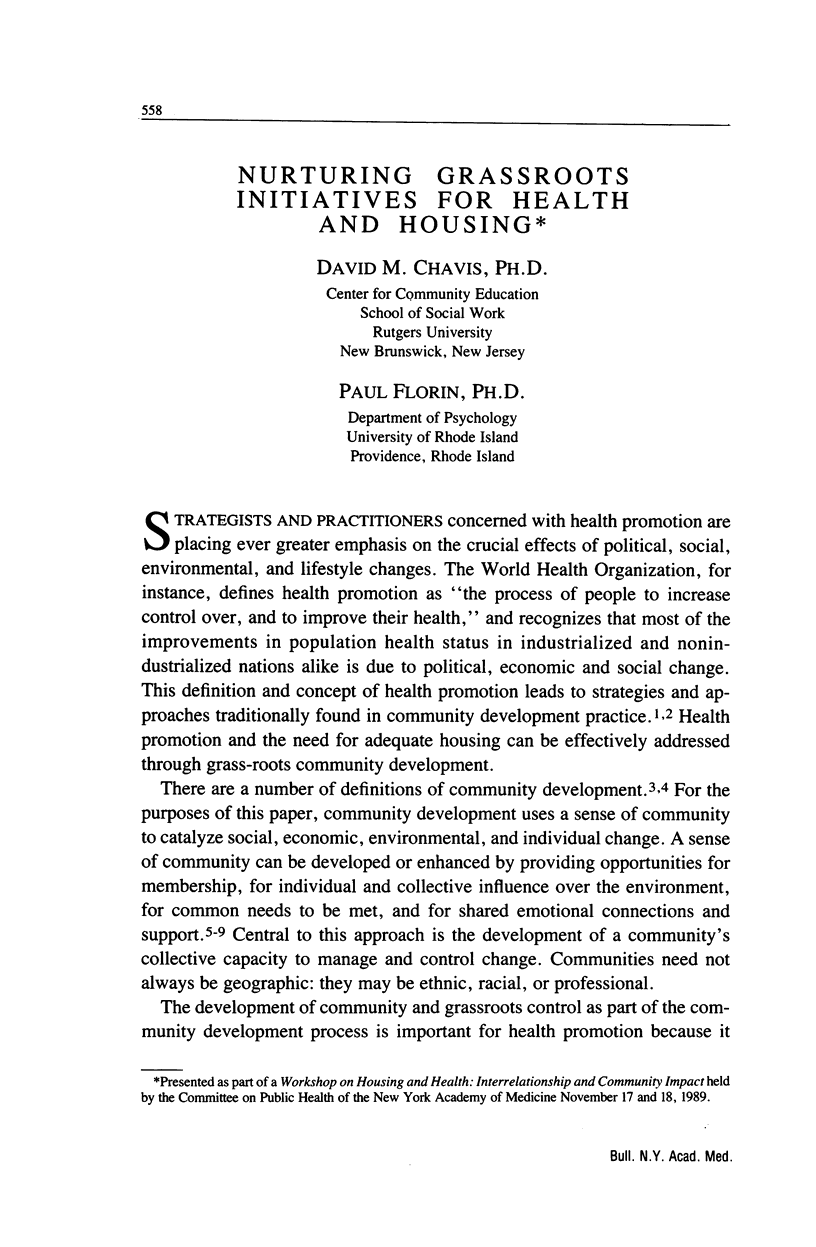
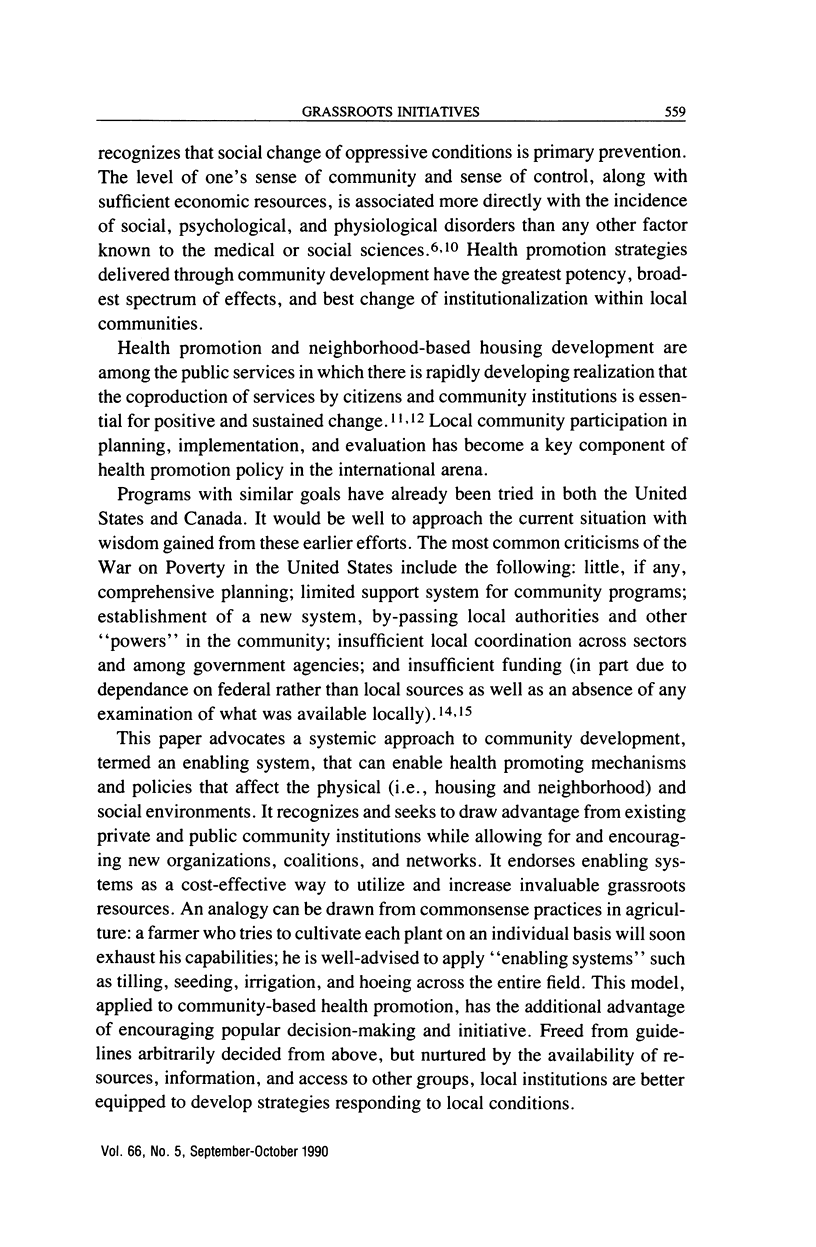
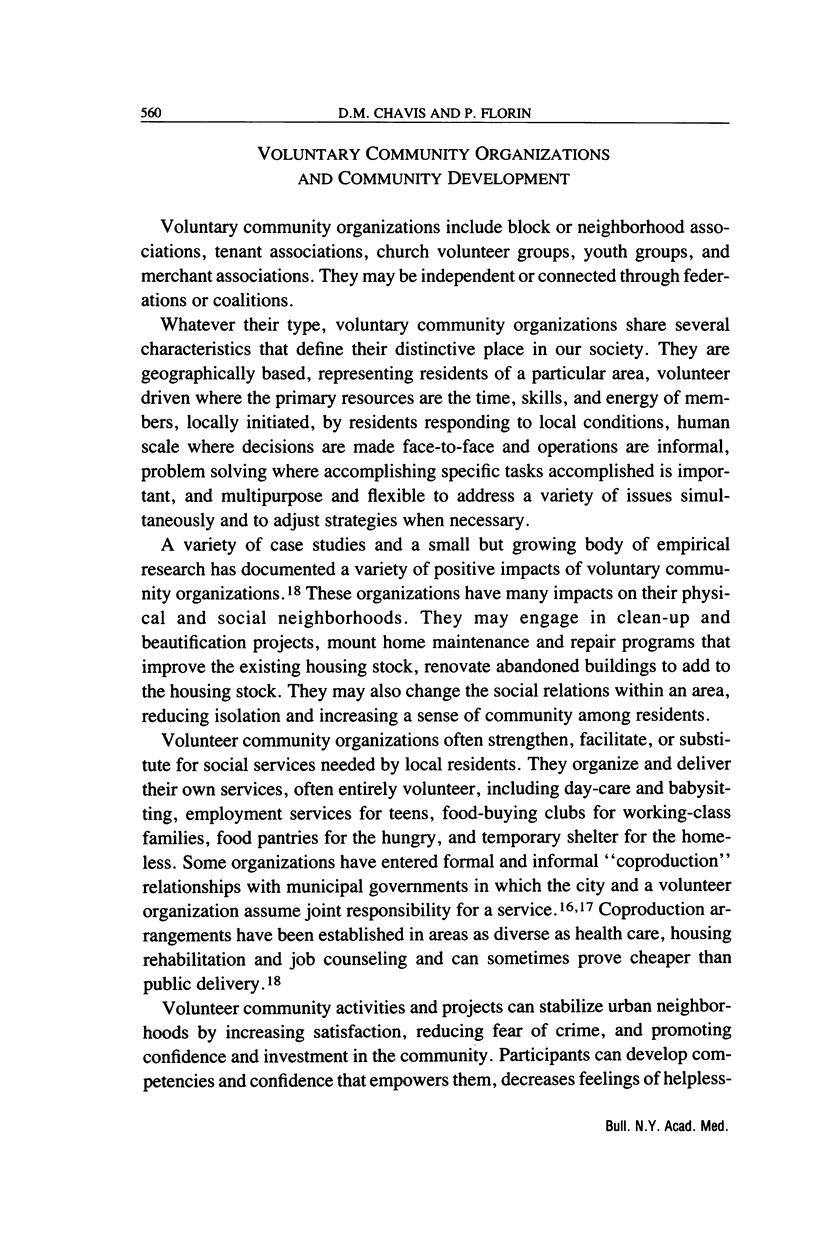
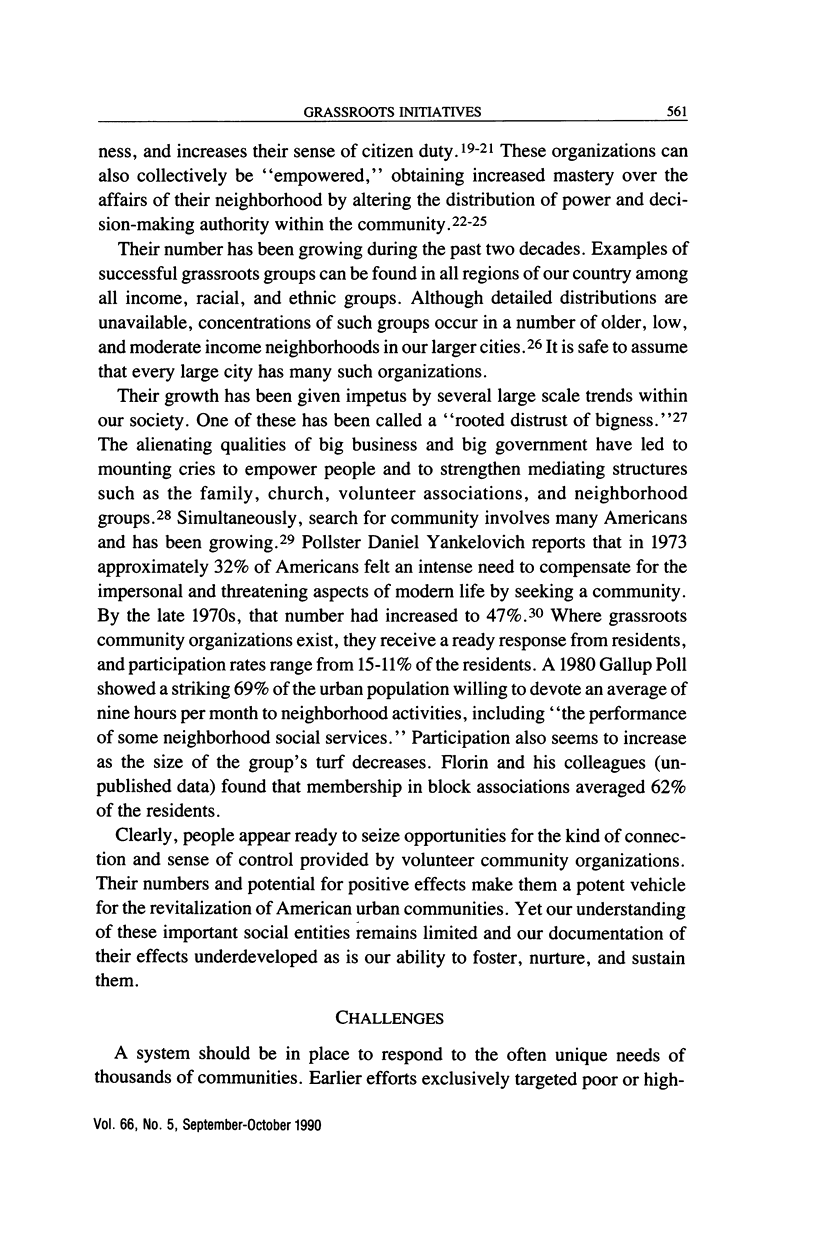
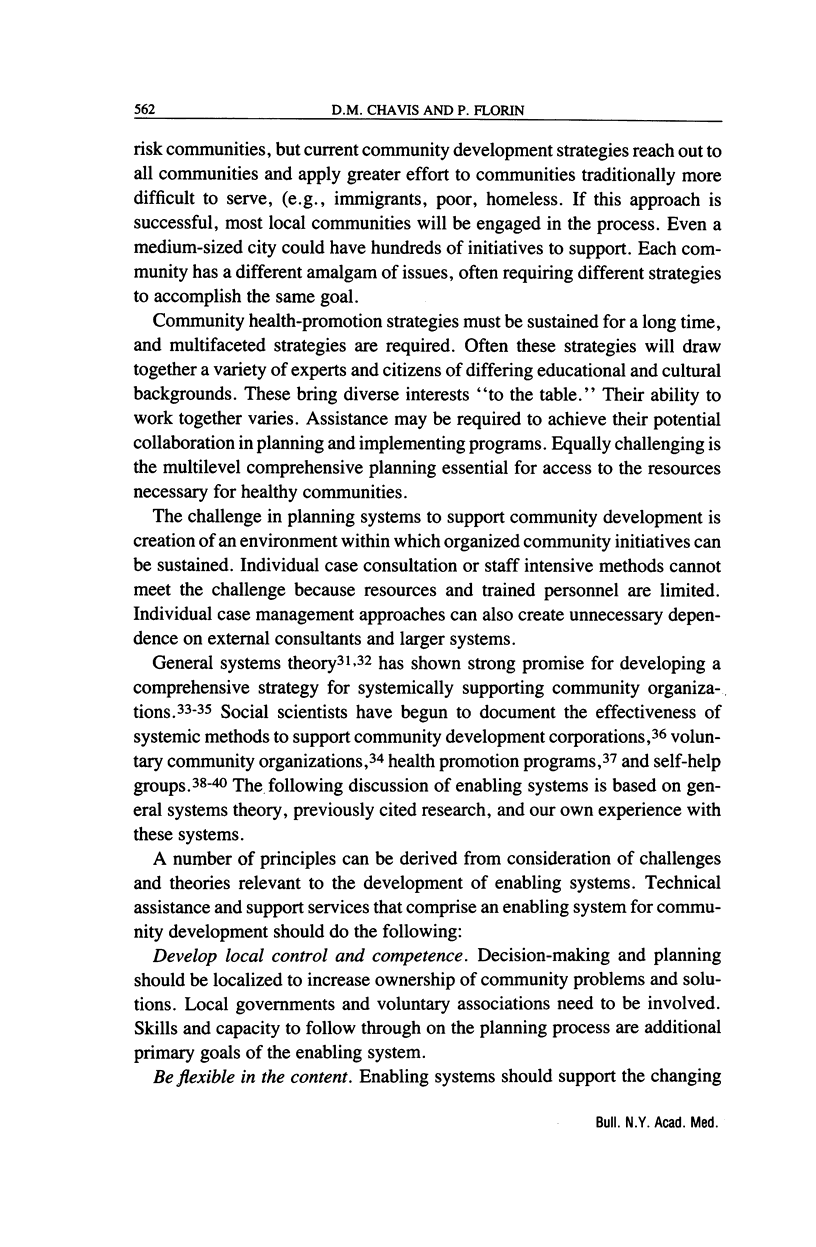
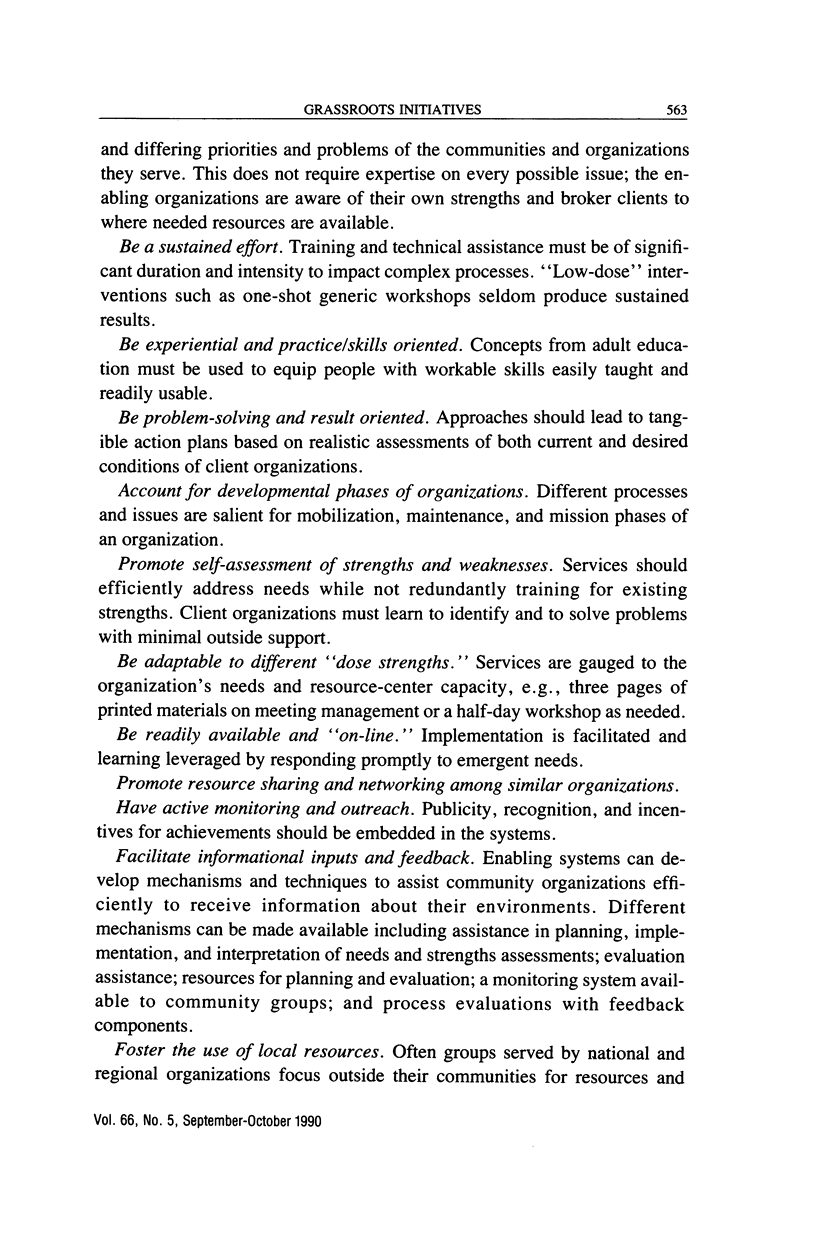
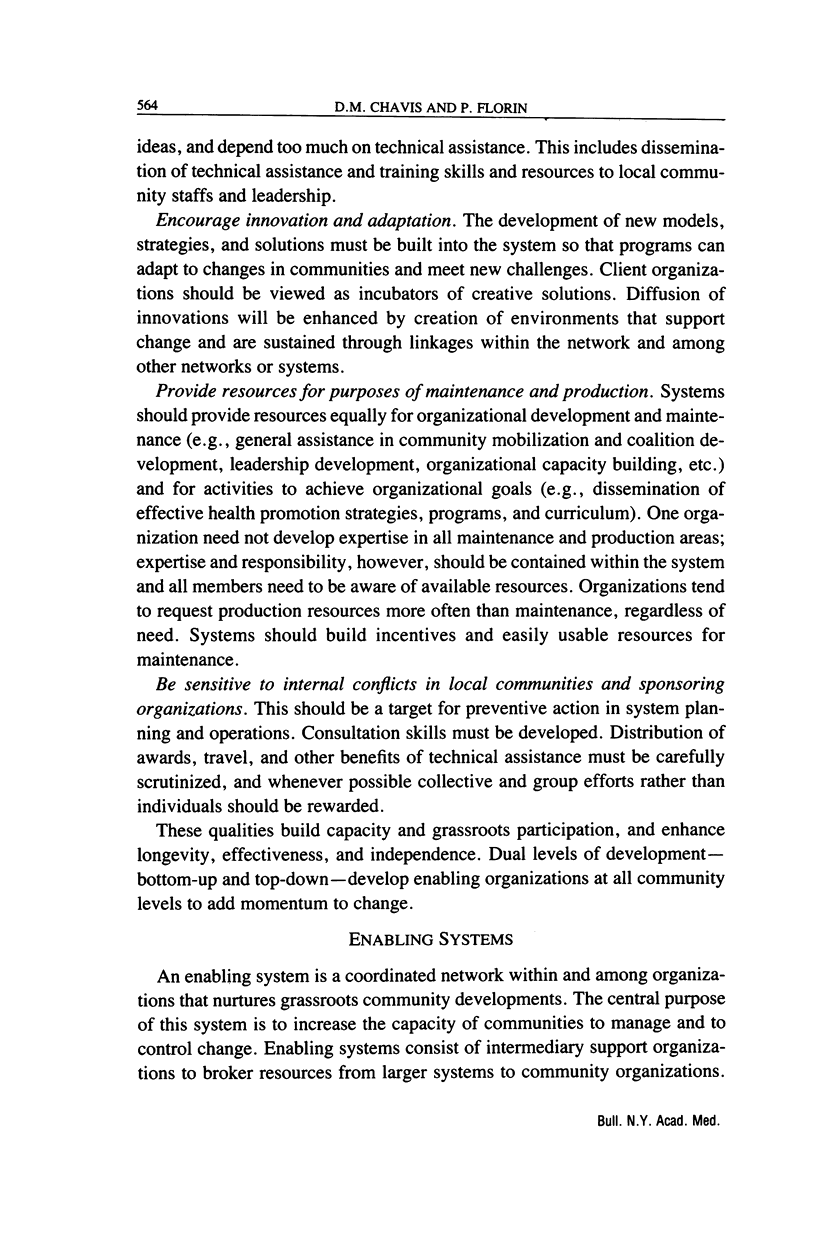
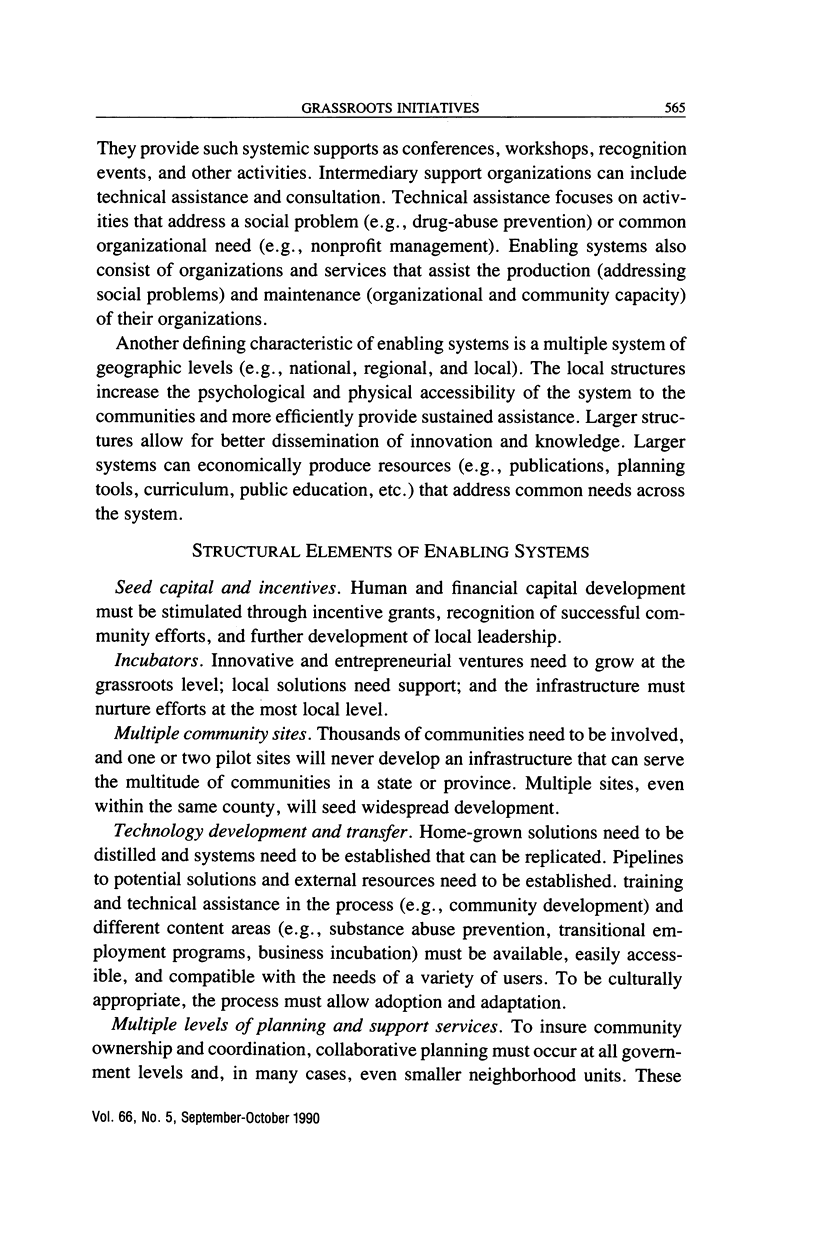
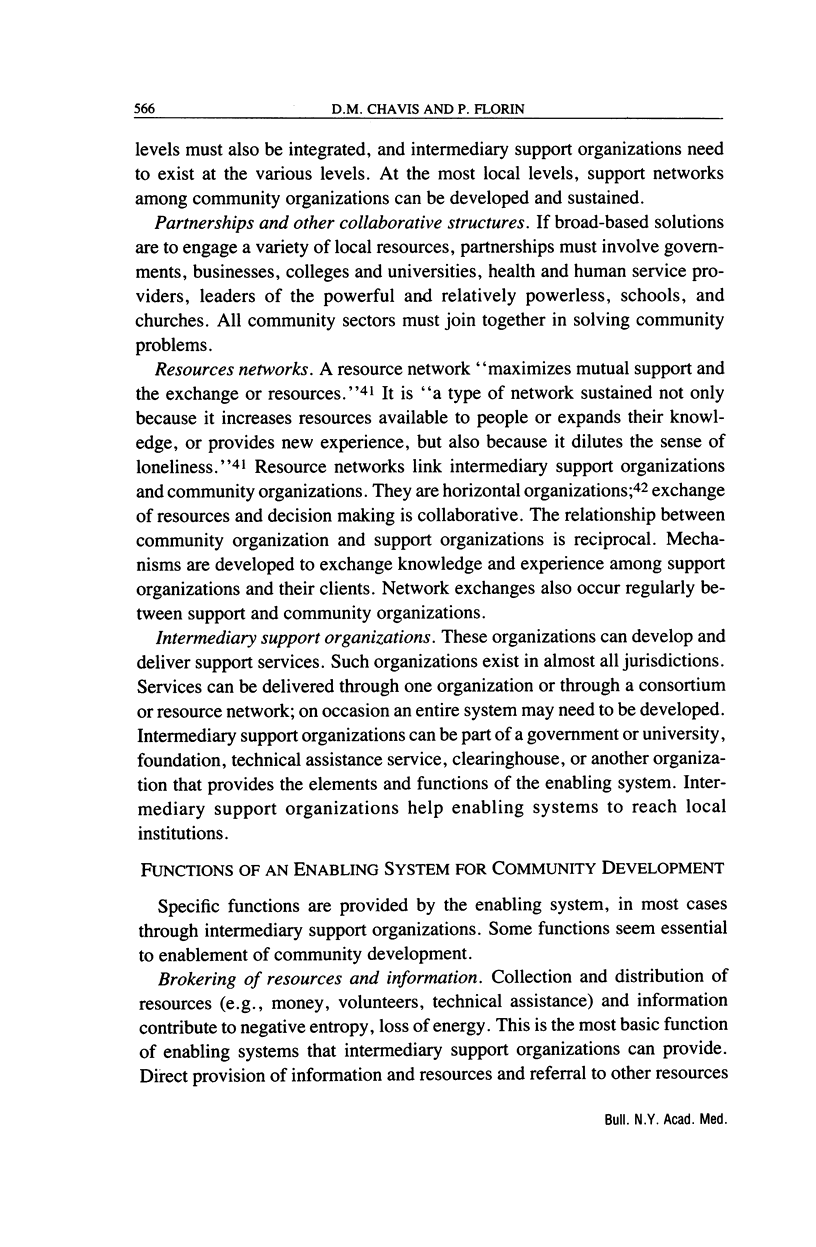

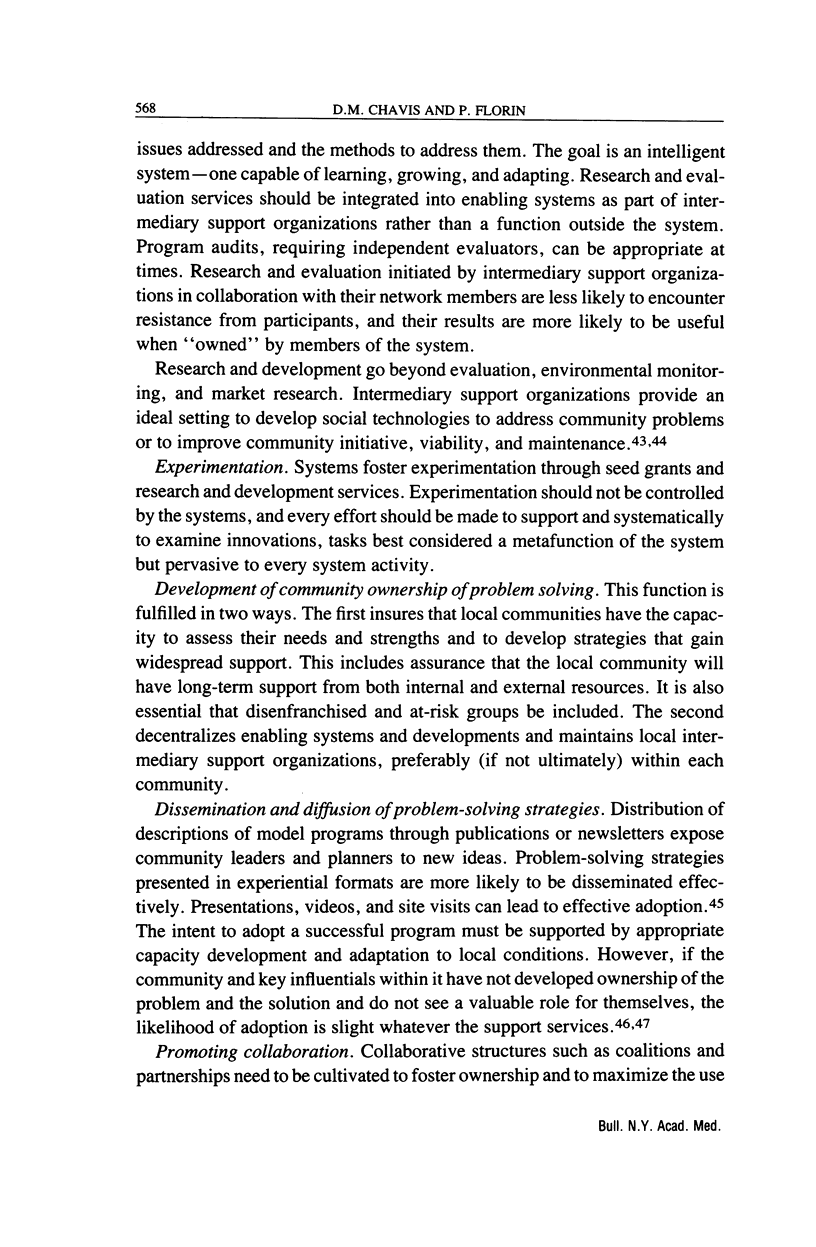
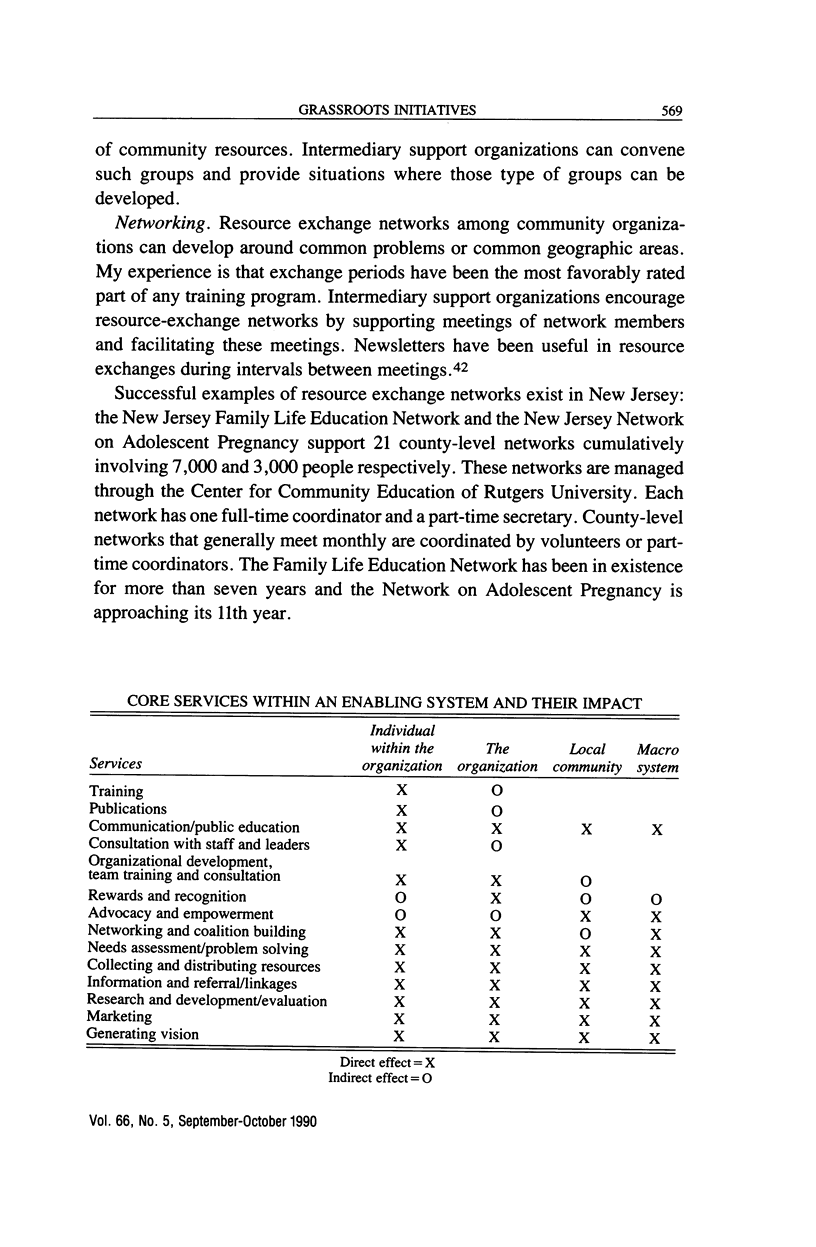
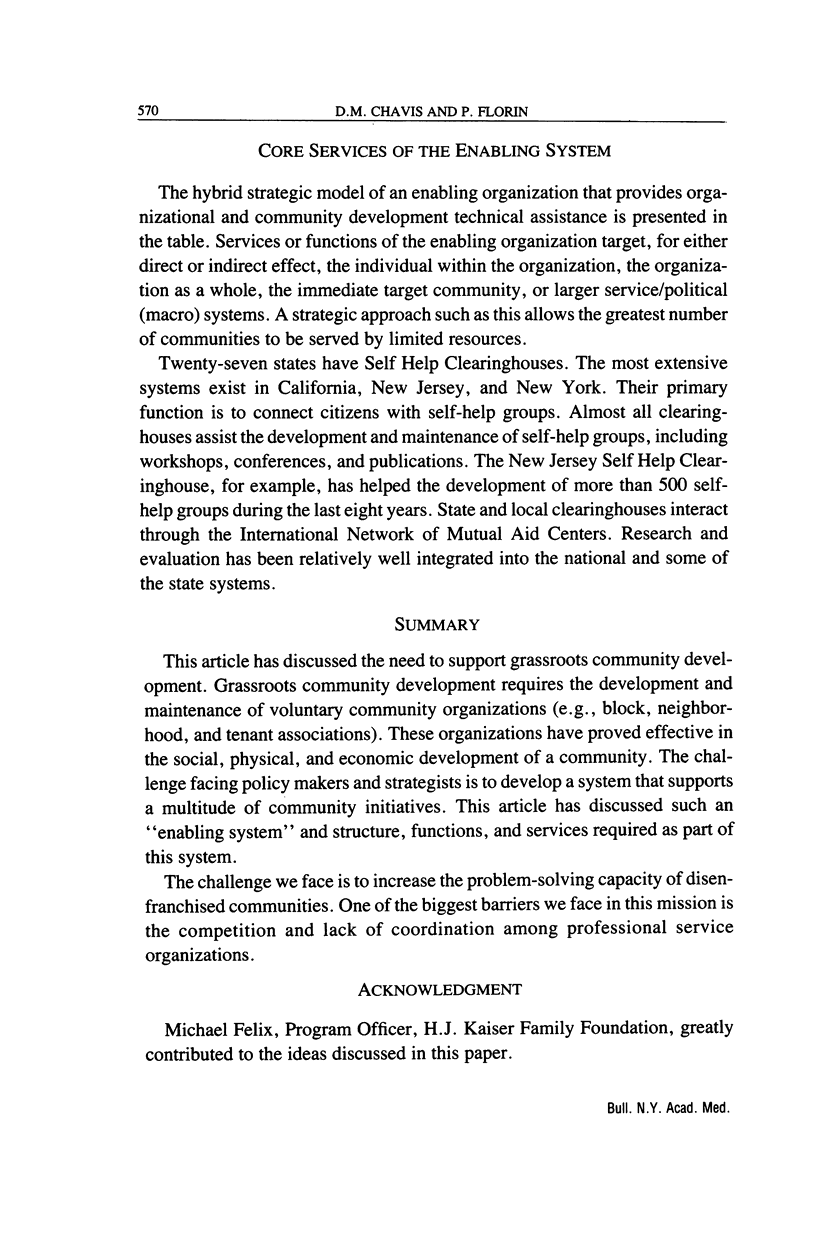
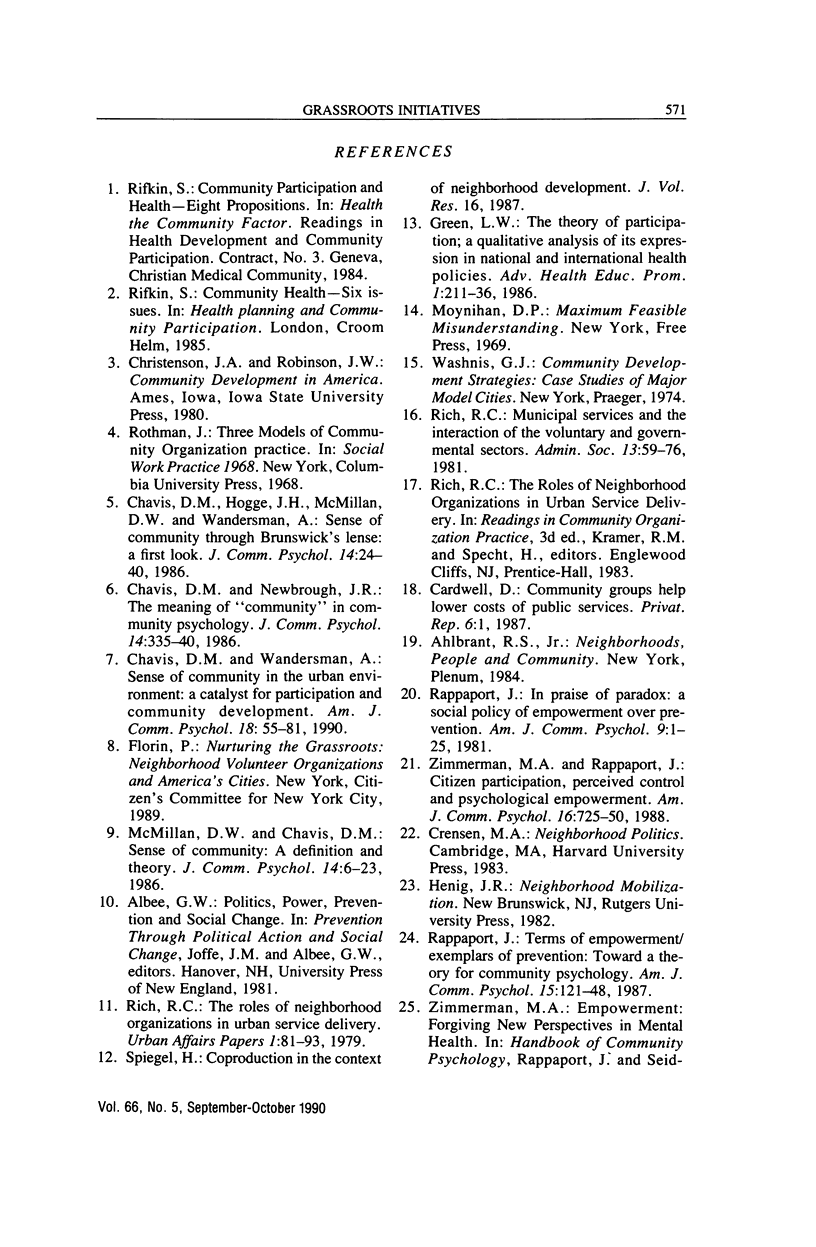
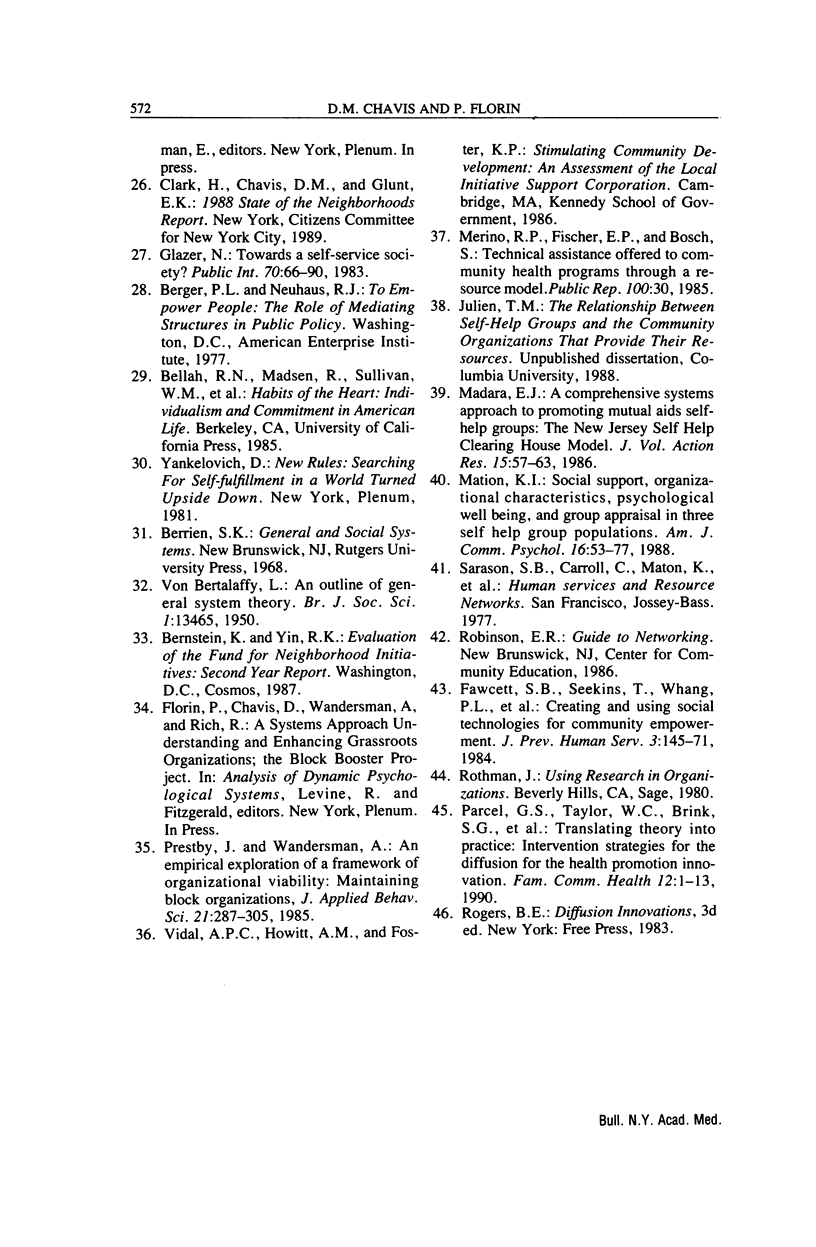
Selected References
These references are in PubMed. This may not be the complete list of references from this article.
- Fawcett S. B., Seekins T., Whang P. L., Muiu C., Suarez de Balcazar Y. Creating and using social technologies for community empowerment. Prev Hum Serv. 1983;3(2-3):145–171. doi: 10.1300/j293v03n02_08. [DOI] [PubMed] [Google Scholar]
- Merino R., Fischer E., Bosch S. J. Technical assistance offered to community health programs through a resource model. Public Health Rep. 1985 Jan-Feb;100(1):25–30. [PMC free article] [PubMed] [Google Scholar]
- Rappaport J. In praise of paradox: a social policy of empowerment over prevention. Am J Community Psychol. 1981 Feb;9(1):1–25. doi: 10.1007/BF00896357. [DOI] [PubMed] [Google Scholar]
- Rappaport J. Terms of empowerment/exemplars of prevention: toward a theory for community psychology. Am J Community Psychol. 1987 Apr;15(2):121–148. doi: 10.1007/BF00919275. [DOI] [PubMed] [Google Scholar]
- Zimmerman M. A., Rappaport J. Citizen participation, perceived control, and psychological empowerment. Am J Community Psychol. 1988 Oct;16(5):725–750. doi: 10.1007/BF00930023. [DOI] [PubMed] [Google Scholar]


